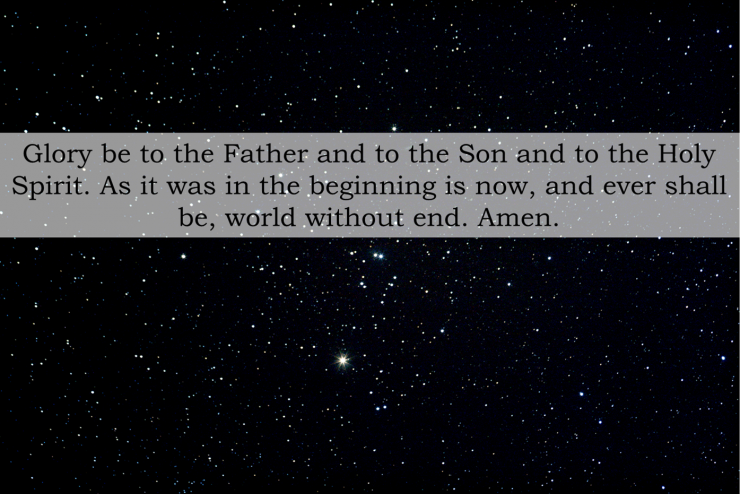The other night, I was frustrated with my critics, frustrated with my children, and frustrated with my disobedient German shepherds who take my donning of a coat to mean the dawning of a walk, even near midnight. I was grateful to be pulled outside though. The sky was clear beyond bits of late snow, one of those spirity nights when the winds of impending Spring wipe away the clouds, and the starlight casts shadows. “My God,” I prayed, “the stars are so bright!”
When you understand something about matter at the atomic level, both starlight and snowflakes can induce that embarrassing human act called sudden-unabashed-weeping. Those dots of light are actually massive spheres of plasma, some of them billions of years old, radiating energy when hydrogen nuclei fuse to become helium and helium becomes heavier elements. The light I saw traveled for years to reach my eyes. And the snowflakes? Each one’s beauty is scripted by the union of chaos and determinism, unique in its trajectory through other matter and changes in temperature and pressure, but patterned at consistent angles by the polarity and bond of every water molecule. They melted on my face, never to be seen. Under such an interactive firmament, it’s hard to feel unappreciated. Goodness, I felt downright glorious.
Science has given us this radical view of the universe. For most of recorded history, religions provided the concepts and expressions for understanding nature, human life, and the cosmos. Since the emergence of a physical theory in the Christian Middle Ages some 700 years ago, what we now call “modern science” has allowed us to quantify and describe motions of ever-smaller subatomic particles and ever-remote astronomical objects. Consider the view of the world a person today has compared to the person of antiquity.
The mysterious quantum world seems nothing like the world we can see, yet we have every reason to conclude those physical laws govern every light wave and water molecule surrounding us and the matter that makes up our bodies. There is evidence the universe expanded from a singularity about fifteen billion years ago. The events in the first few moments have been reconstructed in exceeding exactness, but the ultimate first moments still elude the astutest.
We now know the earth, once thought to be the center of the universe, is actually a seemingly insignificant speck orbiting the sun, which itself is a rather indistinct star on the arm of a spiral in a cluster of two hundred billion stars rotating indistinctly in space among thousands of galaxies within one hundred million light-years from us. The largest telescopes can detect billions of galaxies, but God only knows what twinkles beyond human observation.
In the time it took you to read that, the synapses in your brain probably fired hundreds of trillions of times while your body automatically breathed in oxygen and other gas molecules that had meandered a path to your nose at just this time, again, from God only knows where. Sometimes I breathe in and realize I’ll never know where the atoms in those gas particles have been in the universe, and I have to remind myself to exhale.
We’re here on this little planet living out our little lives, but that’s the point: We’re here! Neither a single electron nor the farthest galaxy is more important than a human life, however we were created, however we evolved, however we got right here right now.
Looking up and trying not to trip over the mutually grateful dog looking up at me as if I were her reason for existing, I had a thought. Perhaps that’s why our beginnings are hidden. Maybe God does not want us to focus too much on the past, but on the now and on our everlasting destiny.
I composed myself, dutifully continued that serendipitous walk, and prayed again. This time it was a most familiar and beloved prayer but in a new light. “Glory be to the Father and to the Son and to the Holy Spirit. As it was in the beginning is now, and ever shall be, world without end. Amen.”
Click here to receive these Faith and Science essays by email. Stacy is on Twitter or Facebook.
Image credit: Hyades Open Cluster by Todd Vance, Wikipedia.















